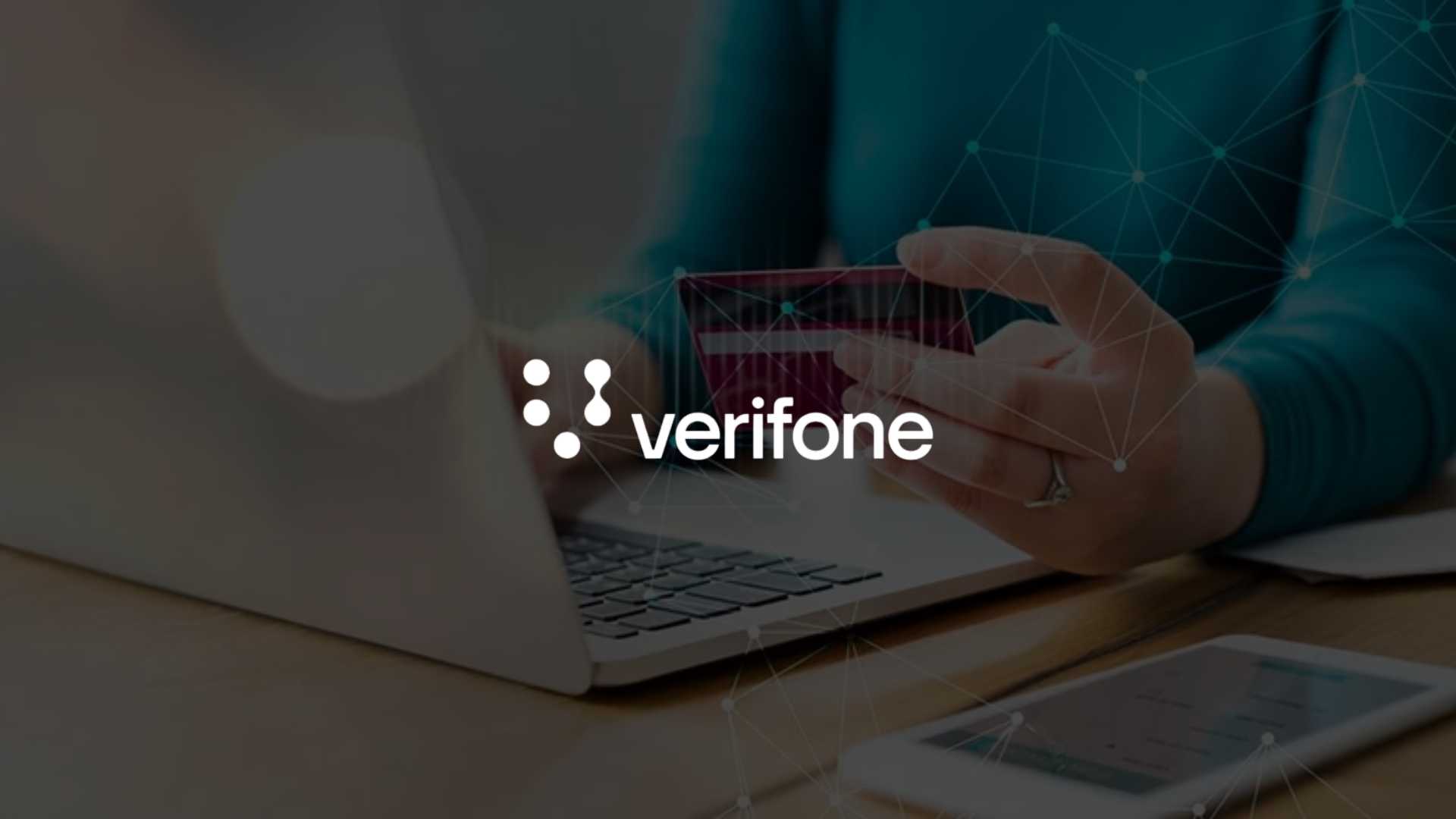Why Payment Gateways Fail at Subscription Billing and What to Do About It

The subscription economy is booming. From streaming platforms to subscription boxes and SaaS tools, recurring revenue models are increasingly attractive to businesses seeking predictable cash flow and long-term customer relationships. But behind every successful subscription business lies a billing infrastructure that must be more sophisticated than many realize.
Unfortunately, not all payment gateways are equipped to handle the complexities of subscription billing. While a standard gateway may process one-time transactions without issue, recurring billing introduces challenges. This could include failed payments, poorly planned retries, account update failures, and incomplete lifecycle management. When those systems fall short, the result is revenue leakage, lost customers, and operational challenges.
So, what makes subscription billing so different, and what should businesses look for in a gateway built for recurring payments?
Traditional payment gateways were designed for one-and-done purchases. But, subscription billing involves a continuous relationship with the customer, often spanning months or years. The billing must be seamless, automated, and capable of adapting to variables like expiring cards, updated account information, or temporary declines due to insufficient funds.
1. Limited Retry Logic
One of the biggest contributors to revenue loss in subscription billing is failed payments. Without intelligent retry logic that is automatically attempting to reprocess a failed transaction at the optimal time, businesses risk losing customers who didn’t intend to cancel. Many gateways offer only rudimentary retry settings or leave it up to the merchant to build workarounds.
Businesses need more than just retries. They need comprehensive payment recovery solutions that go beyond reattempting a transaction on the same merchant account. A modern gateway should offer a general payment recovery interface — a single integration point that connects to multiple third-party recovery platforms, giving merchants flexibility and additional chances to recover revenue.
2. Poor Tokenization Practices
Replacing sensitive card data with a secure, reusable token is essential for subscription billing. It allows businesses to charge customers on an ongoing basis without storing actual card details. But not all tokens are created equal. Many legacy gateways offer proprietary tokens that can’t be transferred if you switch providers. This vendor lock-in can trap businesses in underperforming systems and make platform migrations costly and complex.
3. Lack of Lifecycle Management
Cards expire. Customers change banks. A strong gateway doesn’t just store a token, but it also works behind the scenes to update payment credentials in real time. Tools like Visa Account Updater and Mastercard Automatic Billing Updater help keep recurring payments flowing without customer interruption. But if your gateway doesn’t integrate with these services, you’re left chasing updated card info manually and this creates a poor experience for both the business and the subscriber.
It is equally critical that your gateway manages alternate payment forms like digital wallets and ACH with the same reliability. This includes recurring token logic for Apple Pay MPANs, ACH billing cycles, and approval flows that differ from standard card processing. If your gateway isn’t built for these modern payment methods, gaps in your recurring billing process will grow.
The Solution
Not all gateways are built the same. When evaluating your payment infrastructure for recurring billing, keep these critical things in mind:
- A subscription-savvy gateway should offer flexible retry logic, ideally informed by machine learning or historical data. This includes spacing out retries based on when payments are most likely to succeed, avoiding attempts during banking downtimes, and supporting customizable dunning messages to alert customers of payment issues. Equally important is a robust, general-purpose payment recovery interface that supports various recovery strategies. Rather than retrying the same failed transaction repeatedly, these interfaces enable integrations with multiple recovery platforms—offering tools like alternative routing, smart retries, or account updater services that can recover revenue that would otherwise be lost.
- Business should choose a gateway that offers network tokenization rather than just proprietary tokens. This improves security, maintains higher approval rates, and ensures payment credentials remain up to date even when cards change. It also provides more flexibility if you need to migrate to a new gateway down the road.
- Your gateway should automatically update expired or replaced cards through integrations with card brand updater tools. This feature is often overlooked but is critical to reducing involuntary churn and saving customer relationships.
- You need insight into where your revenue is leaking. Look for a gateway that gives you clear visibility into payment failures, retry outcomes, churn causes, and performance over time. Real-time reporting can help identify systemic issues before they impact your bottom line.
- And don’t overlook the importance of wallet and ACH support. As alternative payment methods continue to rise in popularity, your gateway should be able to manage wallet tokens (e.g., Apple Pay MPANs) and recurring ACH transactions with the same reliability as card payments.
- Finally, partner with a gateway provider that understands the subscription businesses. Ask for use cases. Request data on approval rates and customer retention. The right partner won’t just process payments but they will help you grow your business.
In the subscription economy, your payment gateway isn’t just a backend tool, it’s part of the product experience. If it can’t support the nuances of recurring billing, your business will feel it in lost revenue and customer churn. The right gateway partner will do more than process payments, they will help you grow your business.
- About Daniel R. Nadeau
- About Payway
Owner and CEO Daniel R. Nadeau manages all facets of Payway, and he is most proud of his continual ability to stay ahead of the payment processing industry by producing the best-possible software enhancements and fixes — all sensitive to customer issues. That makes a lot of sense since Dan holds a master’s degree in computer science from Northeastern University and originally joined the company in 1991 as a software engineer. When he’s not deep into software development and business planning, he always makes time for the Red Sox.
Payway offers a SaaS platform which processes payments for businesses that rely on recurring payments. With advanced fraud protection, payment recovery, and seamless WooCommerce integration, Payway optimizes transactions while ensuring security and efficiency.
PCI-Validated P2PE. The best way to ensure your customer is protected with a recurring payment gateway that is both certified and PCI-compliant.
Account Updater. This is a must for any recurring payment business. This critical subscription payment service feature queries the banks regularly to ensure the card data is correct, cutting down on decline rates and reducing churn.
Automated Level III Processing. Auto-detects and fills in information necessary for corporate and procurement cards to process at a lower interchange rate – oftentimes leading to significant savings.
Multiple payment methods. Payway works with multiple payment methods, going beyond your typical charge and credit cards. Having options such as Apple Pay and Google Pay wallet opens the door to more customers. Direct Debit ACH scheduling is another option.




